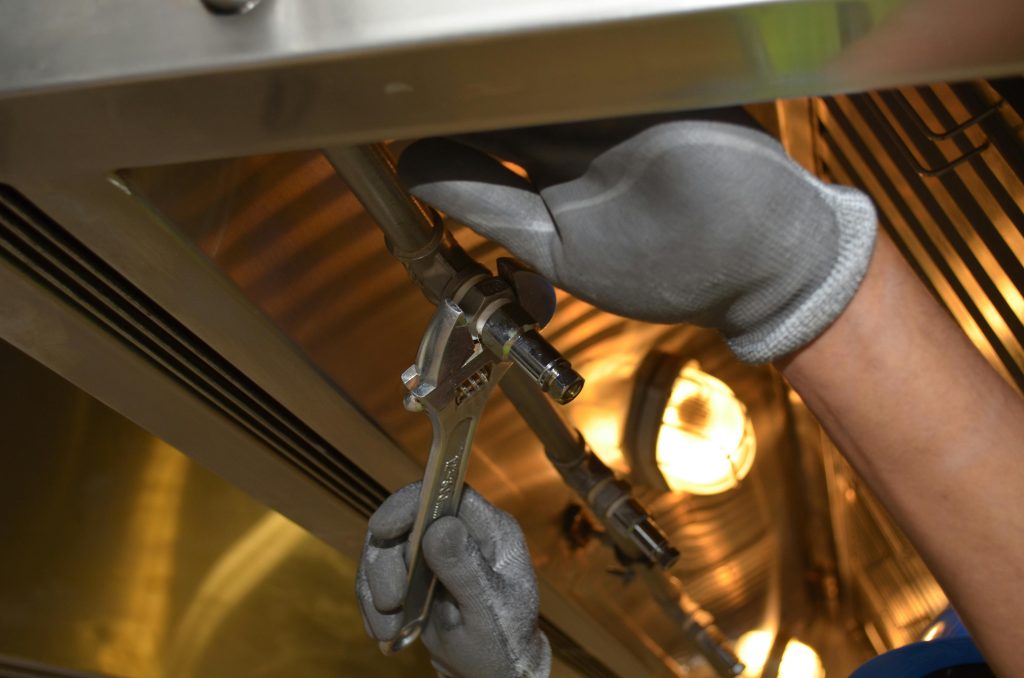Common Causes of Clogged Drains
Understanding the common causes of clogged drains can help you take preventive measures and minimize the need for frequent cleaning. In kitchens, one of the primary culprits is grease and oil. While it may seem harmless to wash these substances down the sink, they solidify as they cool, sticking to the sides of pipes and trapping other debris. Similarly, food particles, coffee grounds, and fibrous materials like vegetable peelings can contribute to clogs if not properly disposed of.
Whenever you’ve picked the fitting model, guarantee that it has the right limit. This relies upon your family size and water utilization. A family of a few might require a 30-to 40-gallon tank, while bigger families could require a tank with a 50-gallon limit or more.

